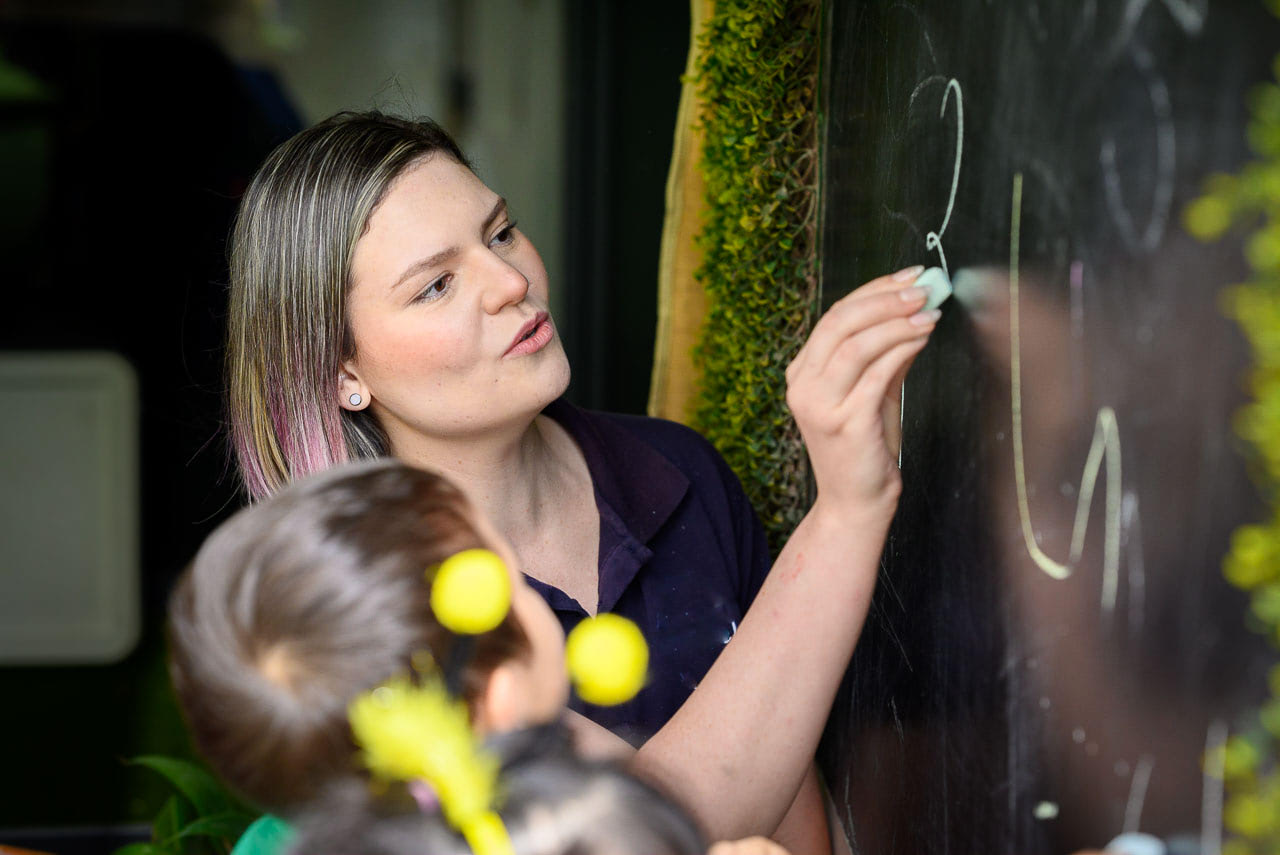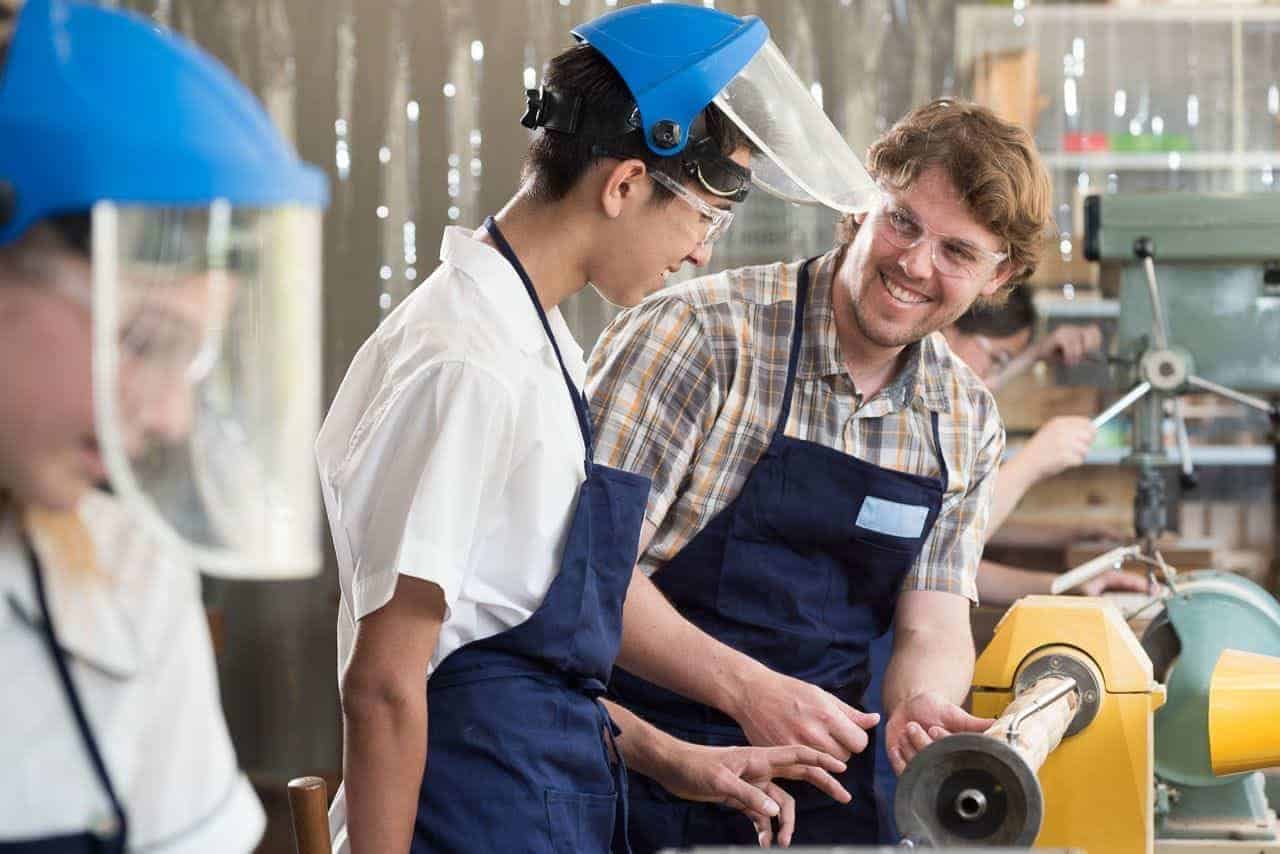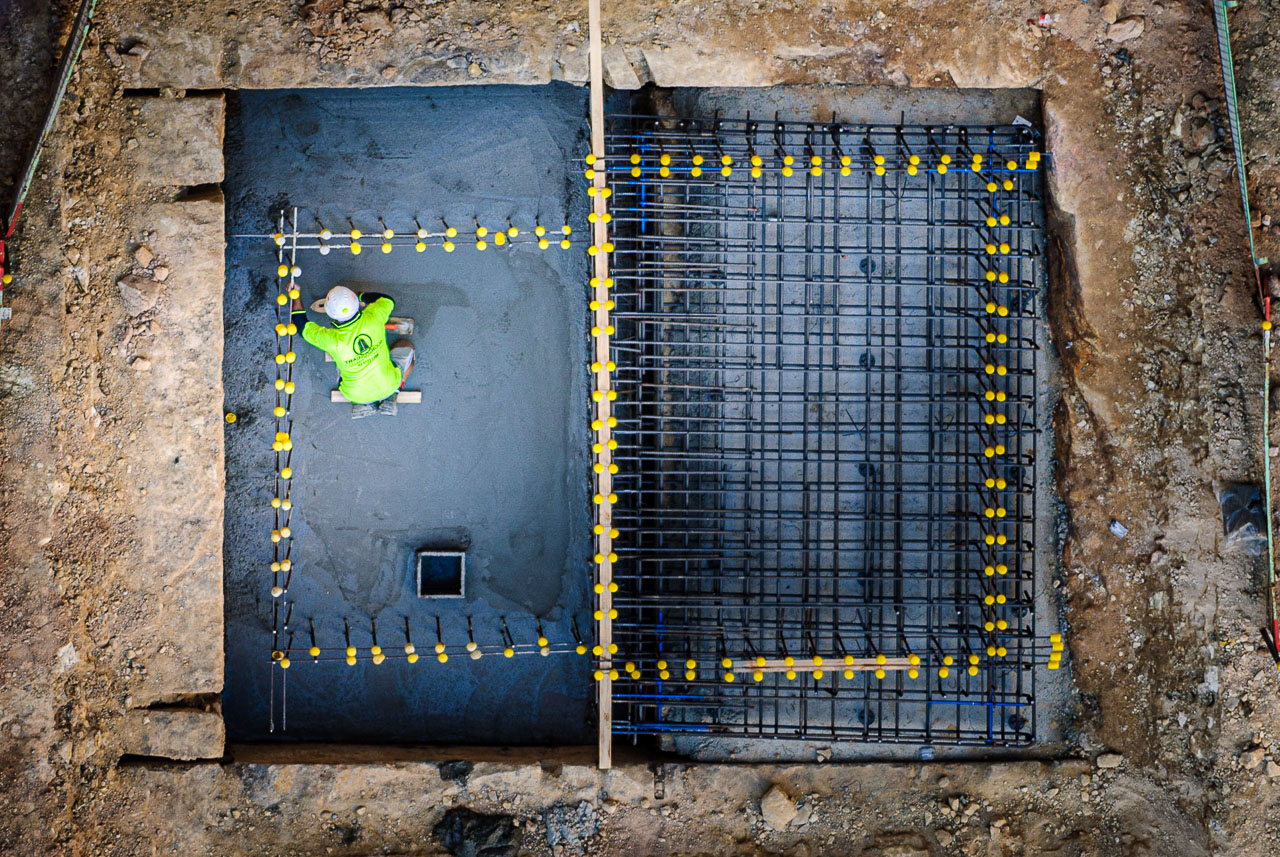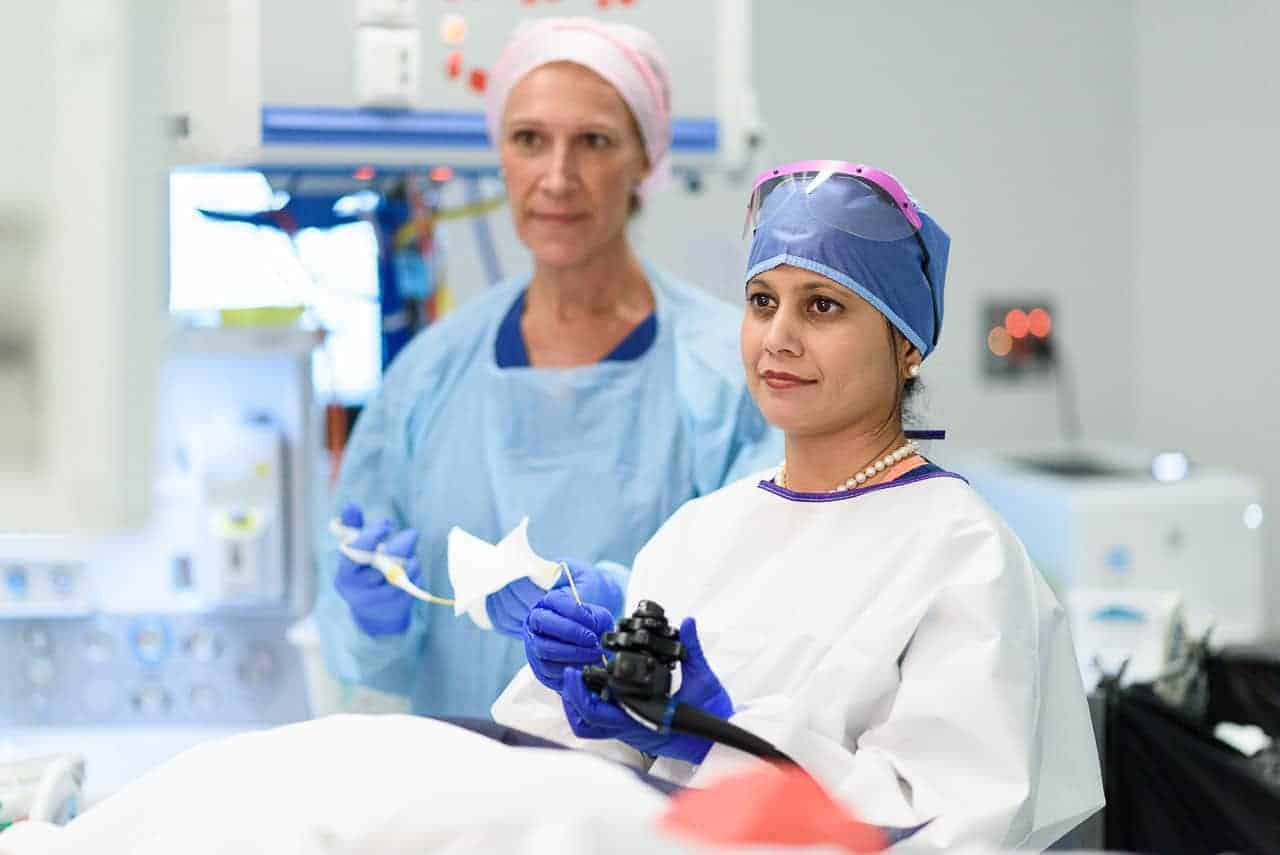Every business has a story. Who you are, what you do, where you started, why your business exists. Sharing that with your clients tells them what makes your business unique and differentiates you from competitors.

You are the best qualified person to tell your story. Create a narrative about your business and distill it down to its essence. Think about companies you prefer to deal with and what their story is. Why do people buy from Apple, Nike, Amazon, Starbucks and Netflix?
Photography helps you share your story easier and more universally than other mediums. Investing in an image library gives you a valuable resource to draw on for marketing in so many different ways: website, social media, advertising, print, banners, emails, sales, training, brochures, media, profiles, community engagement, and more! Plus it gives you the ability to refresh rotate those images with new ones.

When building your image library draw on images you already have for a historic perspective as well as images you or your staff capture to share special moments.
Of course being a photographer I’m going to recommend you hire a professional. An experienced photographer will know how to effectively create and direct scenarios. They will translate your story to create strong visual content that adds value to your marketing messages.
Photographers capture variations on each set up so you can use the same scenario for different channels in the same media. For example, if you distribute a good news story to media they may want unique images their competitors don’t have.

When setting up photography I always consult with those being photographed. Does it look real? It’s vital to know how the image will be perceived by your audience. That can be as basic as a technical aspect like how a tool is held, what PPE is required, to how people stand relative to one another. Then there are how your colleagues and competitors will view the images. They will tell you, and your clients, why the image doesn’t look genuine.
Some images are not set up and are captured while work is progressing. Industrial photography on site for example. Needless to say those being photographed will have been informed well in advance especially if there are clients in the photo. Here it’s just as important to ask the same questions as when setting up scenarios.

The other extreme is advertising photography that involves models: neither of us have the proper technical knowledge. The client or a technical expert will help guide how we should set up each scene. Some professions may have legal requirements too, such as healthcare.

None of this means the photography shouldn’t be fun for those involved. It’s important to keep people motivated, not waste anyone’s time and be respectful of everyone on set. We’re all professionals with the same goal of creating a professional collection of images that promotes the business and tells the world your story.
